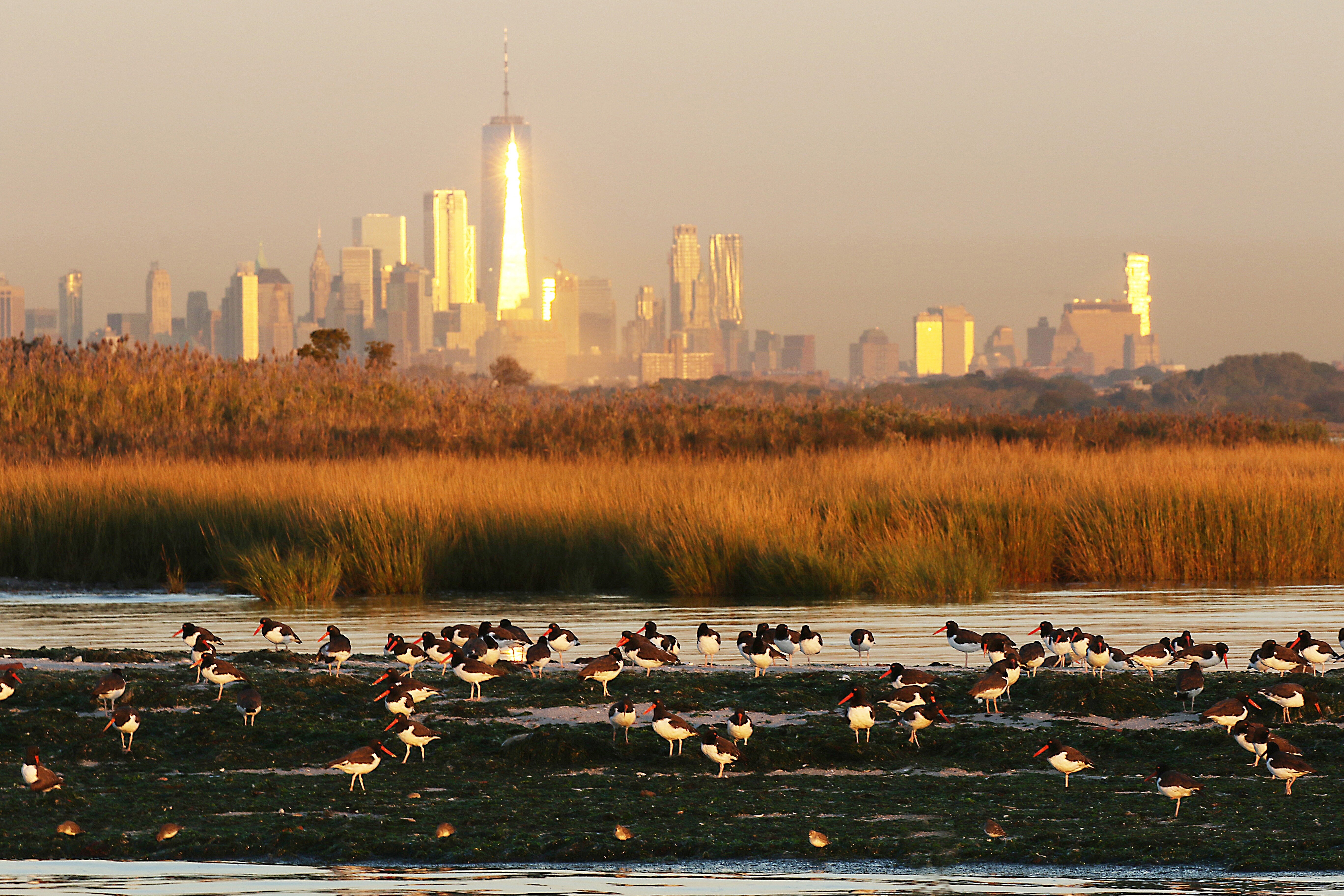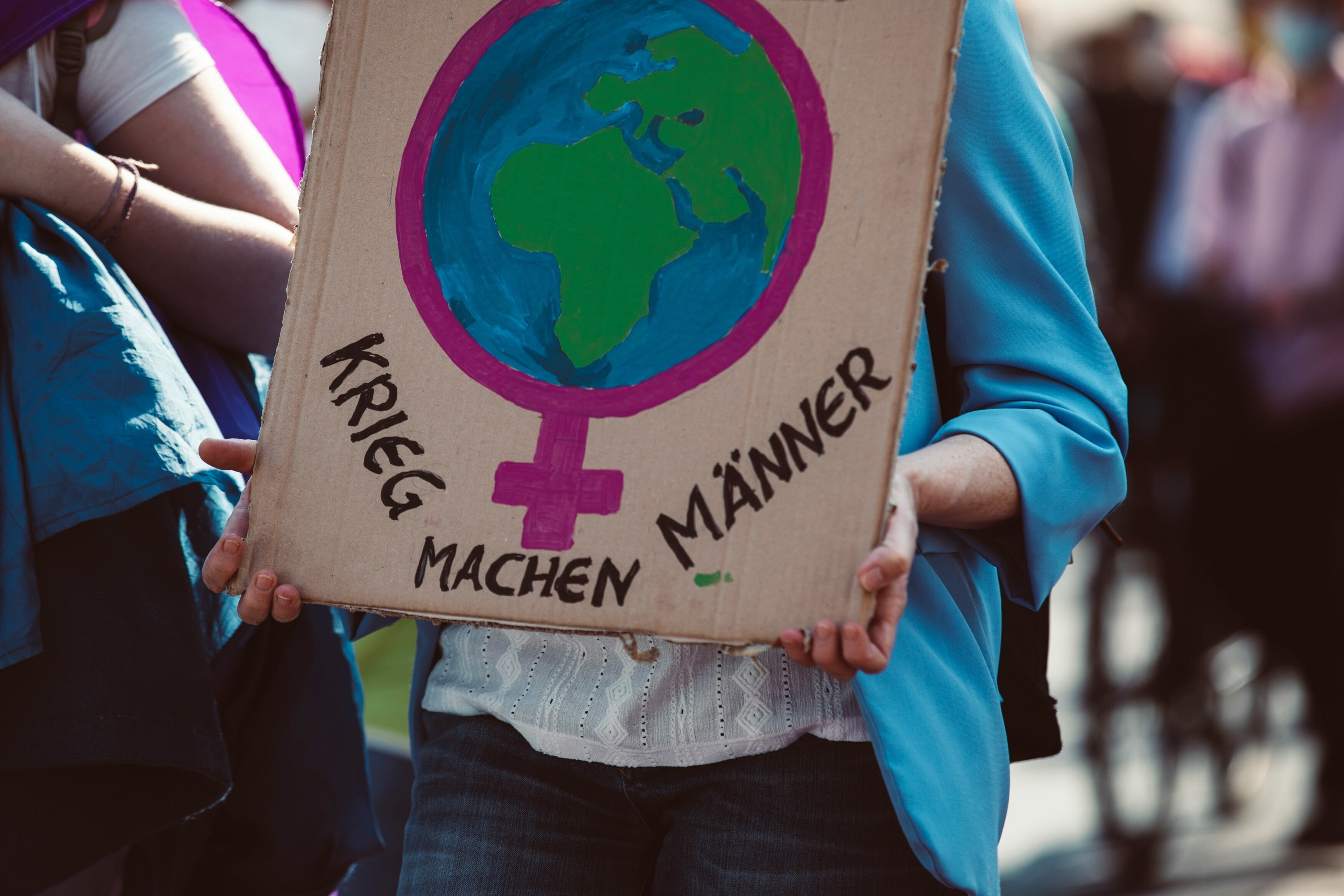How can we prepare financially for natural disasters?

The Nepal earthquake is yet another example of how the global financial system did not reach the places where it is needed and is failing to provide a financial safety net for people affected by natural catastrophes. In the aftermath of the earthquake, NGOs, governments, aid agencies and the population scrambled to motivate the world to give generously.
While this work is admirable, why is it that we continue to allow the resilience of our developing societies to be at the mercy of public responses, media drives and good luck to fund their disaster response? The fact is that governments have the tools available to put financial solutions in place for the disasters they may face.
Until now, only a few governments have been active in getting adequate financial protection in place. We have a situation today where, on average, 75% of economic losses from natural catastrophes are simply not insured. This is much higher in developing economies, which have neither established private insurance nor set up government-led systems.
Aid agencies, charities and the various other groups involved in collecting donations do a fantastic job in filling some of the gap post-event. Their work is critical and I am proud to say that my own company and many of my colleagues donated to the Nepal relief efforts. We can be thankful that Nepal received enough media attention and that there is a strong affinity for the country.
However, more effective risk-transfer mechanisms exist to have funds provisioned in advance and able to be paid out when disaster strikes. Today, there is no need for countries to rely on public sentiment-driven charity campaigns to fund basic rebuilding efforts.
These risk-transfer mechanisms are not just applicable to natural catastrophes. We also see a lack of preparation in areas such as medical responses to pandemics. The insurance industry can also financially protect areas such as food supplies or volatility in energy supplies or the costs of combatting large-scale epidemics.
Much has been said about how the world responded to the Ebola outbreak. But how much more effective could the response have been if there had been pre-arranged financing to combat the crisis? How much more effectively could we have handled it if, for example, a bond had been triggered to release money immediately for healthcare workers, medical supplies, supporting hospitals, education campaigns and community outreach?
I want that to be the reality in the very near future. I want to see instruments such as pandemic bonds or regionally-managed insurance schemes up and running and available when they are needed. I can see a world where governments and humanitarian organizations embrace this paradigm shift and use risk financing instruments to leverage their own funds in the face of a disaster.
It’s not a crazy dream. Many parts of the world have begun to adopt solutions that allow pre-financing for the natural catastrophe risks they face. We have successful programmes in place in Mexico, across the Caribbean Catastrophe Risk Insurance Facility (CCRIF), the Turkish Catastrophe Insurance Pool, agricultural protections schemes in Thailand or the African Risk Capacity. The recent payout of $1.9 million for Cyclone Pam’s effect on Vanuatu, just eight days after the event, highlights the success of the Pacific Catastrophe Risk Insurance programme.
We are working to make these programmes the rule rather than the exception. However, as Nepal shows, there is a long way to go. It requires willingness on the side of governments to take control of their disaster risk management and financing, and willingness by private organizations to make the expertise and financial instruments applicable to the unique needs of different regions.
It can be done.
The World Economic Forum on Africa 2015 takes place in Cape Town, South Africa from 3-5 June.
Author: Martyn Parker, Chairman, Global Partnerships, Swiss Re, United Kingdom
Image: Damaged electricity lines are seen in Kilembe copper mines in Kasese district, 440km (264 miles) southwest from the capital Kampala May 8, 2013. REUTERS/James Akena
Don't miss any update on this topic
Create a free account and access your personalized content collection with our latest publications and analyses.
License and Republishing
World Economic Forum articles may be republished in accordance with the Creative Commons Attribution-NonCommercial-NoDerivatives 4.0 International Public License, and in accordance with our Terms of Use.
The views expressed in this article are those of the author alone and not the World Economic Forum.
Stay up to date:
Future of the Environment
Forum Stories newsletter
Bringing you weekly curated insights and analysis on the global issues that matter.
More on Equity, Diversity and InclusionSee all
Marielle Anzelone and Georgia Silvera Seamans
October 31, 2025






